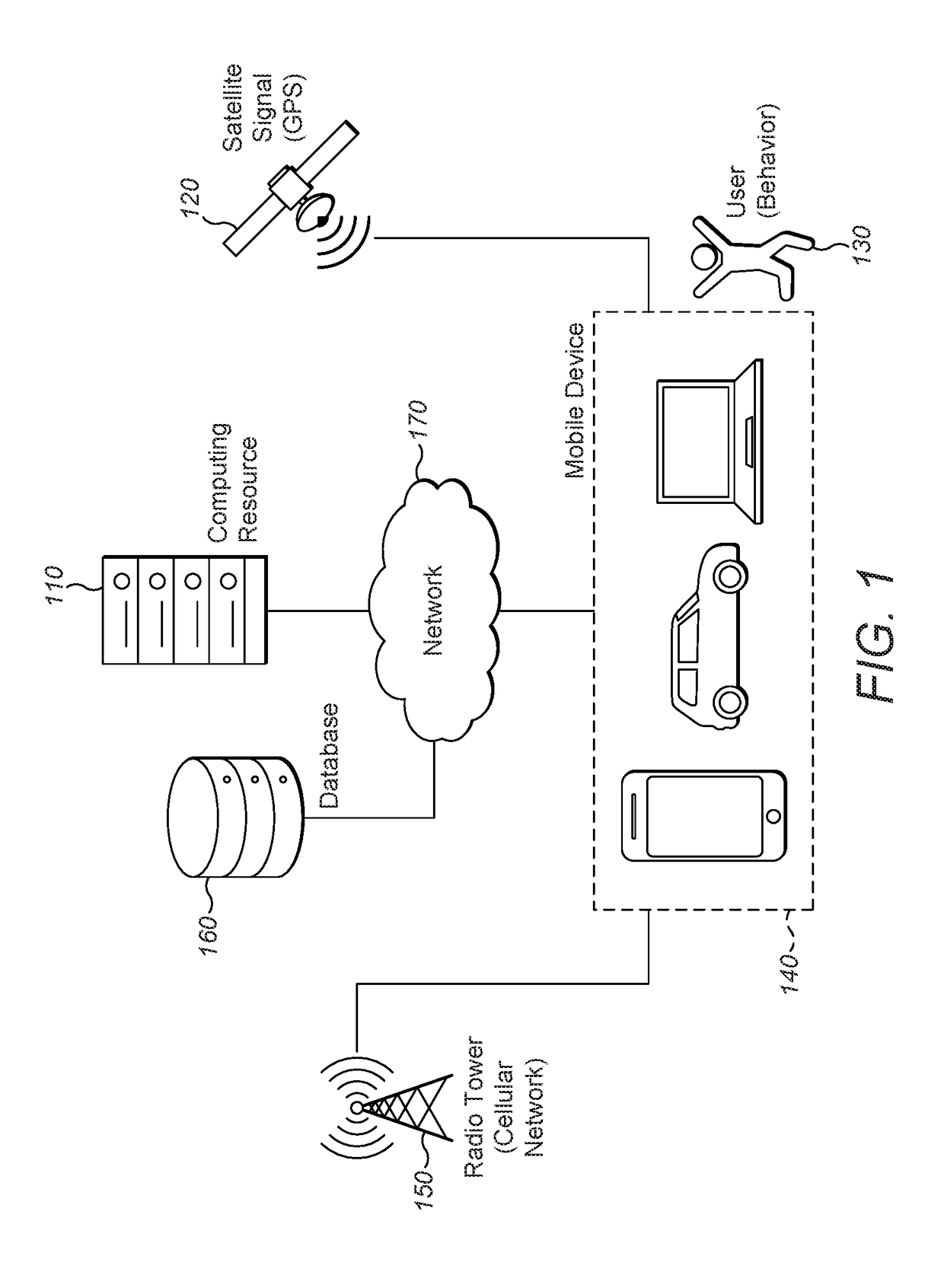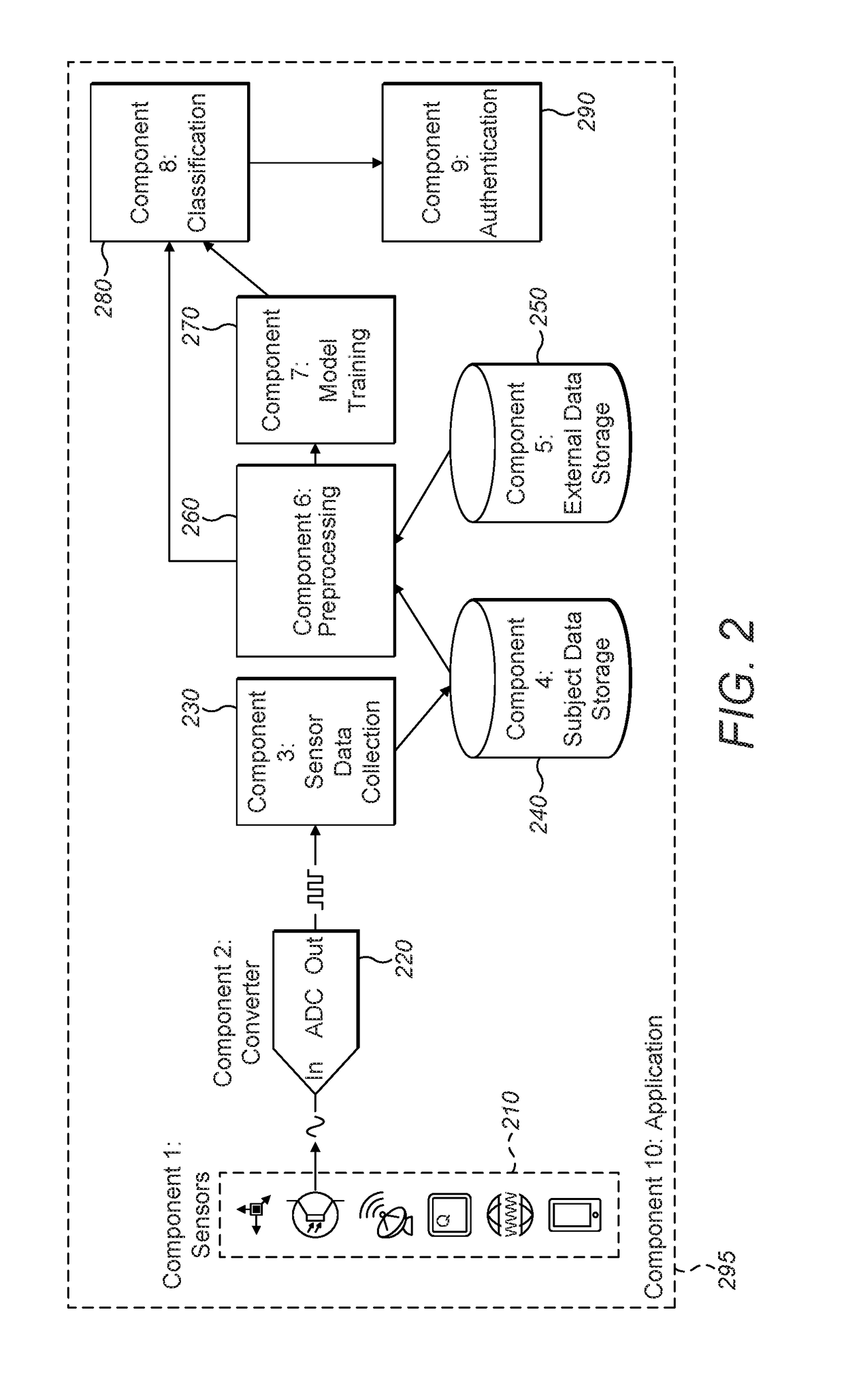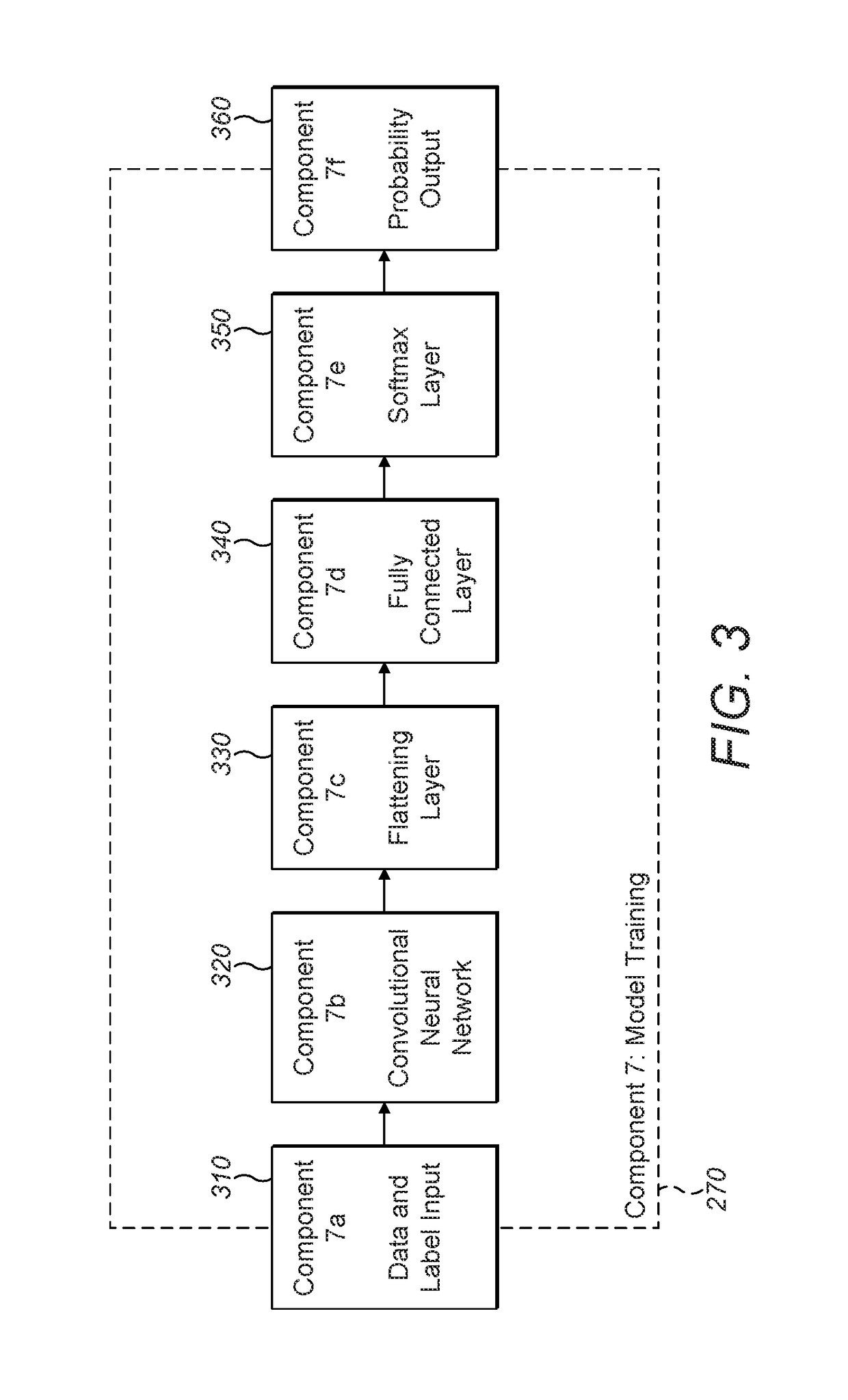Deep Learning for Behavior-Based, Invisible Multi-Factor Authentication
a multi-factor authentication and deep learning technology, applied in probabilistic networks, instruments, coding, etc., can solve the problems of reducing the performance of biometric authentication, requiring an expert to have universal coverage of the underlying features, and not being useful for behavioral biometrics, etc., to achieve effective authentication
- Summary
- Abstract
- Description
- Claims
- Application Information
AI Technical Summary
Benefits of technology
Problems solved by technology
Method used
Image
Examples
Embodiment Construction
[0044]The foregoing descriptions, formulations, diagrams, and figures are provided merely as illustrative examples, and they are not intended to require or imply that the steps of the various embodiments must be performed in the order presented or that the components of the invention be arranged in the same manner as presented. The steps in the foregoing descriptions and illustrations may be performed in any order, and components of the invention may be arranged in other ways. Words such as “then,”“next,” etc., are not intended to limit the order of the steps or the arrangement of components; these words are used merely to guide the reader through the description of the invention. Although descriptions and illustrations may describe the operations as a sequential process, one or more of the operations can be performed in parallel or concurrently, or one or more components may be arranged in parallel or sequentially. In addition, the order of the operations may be rearranged.
I. DETER...
PUM
 Login to View More
Login to View More Abstract
Description
Claims
Application Information
 Login to View More
Login to View More - R&D
- Intellectual Property
- Life Sciences
- Materials
- Tech Scout
- Unparalleled Data Quality
- Higher Quality Content
- 60% Fewer Hallucinations
Browse by: Latest US Patents, China's latest patents, Technical Efficacy Thesaurus, Application Domain, Technology Topic, Popular Technical Reports.
© 2025 PatSnap. All rights reserved.Legal|Privacy policy|Modern Slavery Act Transparency Statement|Sitemap|About US| Contact US: help@patsnap.com



